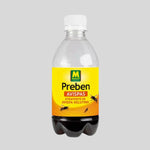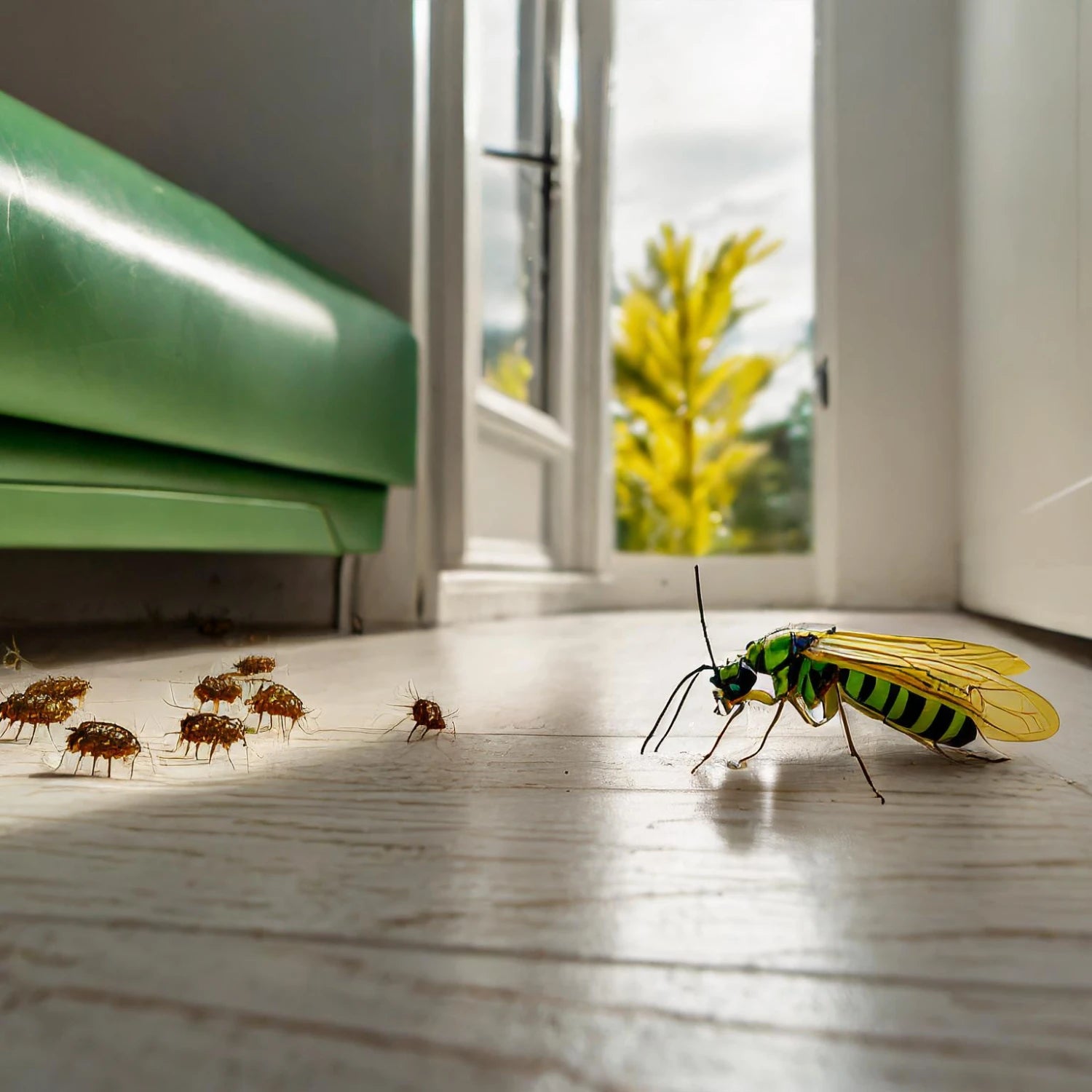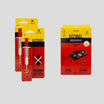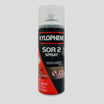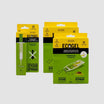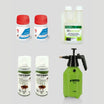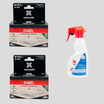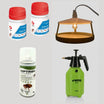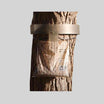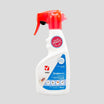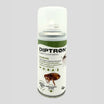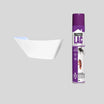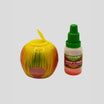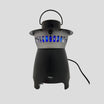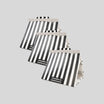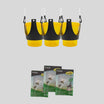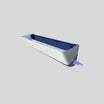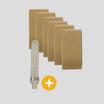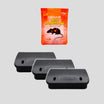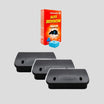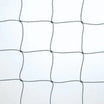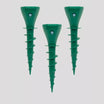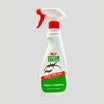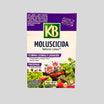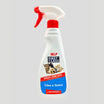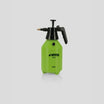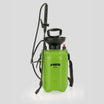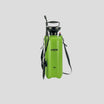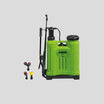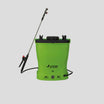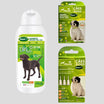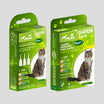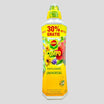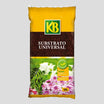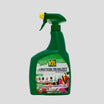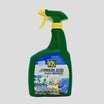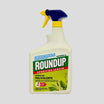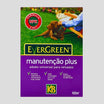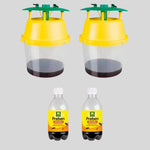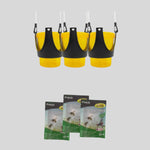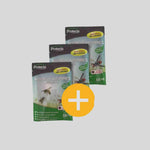Wasps can be a nuisance, especially in urban areas. Some of the most well-known are the common hornet ( Vespula vulgaris ) and the Asian hornet ( Vespa velutina ), each with distinct characteristics and different impacts. In this article, we explore the differences between these two species and how to identify them.
Common Wasp ( Vespula vulgaris )
The common wasp is a native species widely distributed throughout Europe. Despite its bad reputation due to its painful stings, it plays an important role in insect control.
Main Features:
Size: Between 12 and 17 mm in length.
Body: Yellow with defined black markings.
Nest: Usually built on the ground, in trees or structures such as roofs.
Diet: It feeds on insects, ripe fruits and human food remains.
Behavior:
It is most active during the summer, when it searches for food to sustain the colony.
It becomes aggressive if it feels its nest is threatened.
Asian Hornet ( Vespa velutina )
The Asian hornet is an invasive species originally from Southeast Asia, accidentally introduced into Europe. Since then, it has caused concern due to its negative impact on bee populations.
Main Features:
Size: Between 17 and 30 mm, slightly larger than the common wasp.
Body: Predominantly black with yellow leg tips and an orange stripe on the abdomen.
Nest: Built in tall trees, rooftops or even posts.
Feeding: It feeds on bees, other insects and fruits.
Behavior:
It is more aggressive compared to the common wasp.
It attacks bee hives, causing serious damage to beekeepers and local ecosystems.
Common Wasp VS. Asian Wasp
|
Size |
Smaller (12-17mm) |
Larger (17-30mm) |
|
Color |
Yellow and black |
Black with yellow tips |
|
Child |
On the ground or low structures |
In tall trees or elevated places |
|
Behavior |
Less aggressive |
More aggressive, especially towards bees |
|
Environmental Impact |
Pest control |
Bee predator, threat to biodiversity |
How to Deal with Wasps?
Preventive Measures:
● Avoid leaving food exposed: Ripe fruit and food scraps attract wasps.
● Inspect the Environment: Identify nests in nearby areas and take action quickly.
● Use Protection: If you are outdoors, avoid wearing brightly colored clothing or strong perfumes, which can attract these insects.
Eliminate common wasp:
● Use of insecticides: We recommend spraying infested areas with Draker insecticide and strategic locations (where the wasps live) with Duracid insecticide spray.
● Attractant traps designed for the common wasp
Eliminate Asian wasp:
● Use of insecticides: We recommend spraying infested areas with Draker insecticide and strategic locations (where the wasps live) with Duracid insecticide spray.
● Attractant traps developed for the Asian hornet
Eliminate Wasp Nests:
Never attempt to remove an Asian hornet nest yourself. Contact experts or local authorities to deal with the problem safely.
To eliminate nests, we recommend using this anti-wasp insecticide as it has a jet that allows spraying from a safe distance of 4 meters.
Recomended Products
